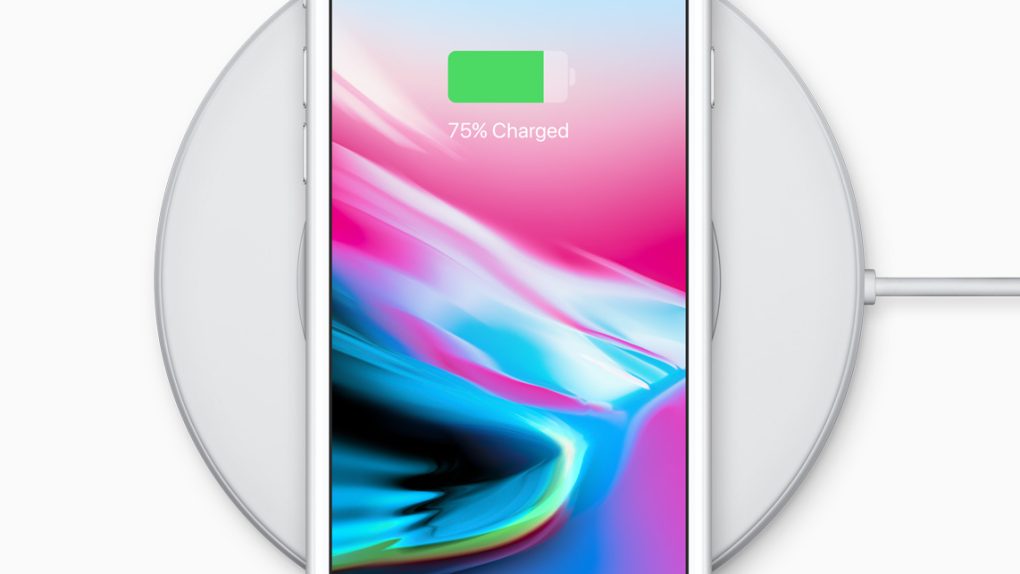During this week’s Apple keynote, execs from across the company made a big deal about how the new iPhones are “designed for wireless.” That’s a good soundbite, but when it comes to looking at how all the wireless features perform, that phrase makes less and less sense.
We already broke down how the iPhone 8 and iPhone X aren’t compatible with the next generation of Gigabit LTE technologies, which means they’ll be noticeably slower than top-tier Android handsets on cellular networks. And now, with the iPhone 8 and 8 Plus going on sale, we’re starting to see that the wireless charging isn’t putting up table stakes either.
Apple’s tech specs aren’t clear, but it appears that wireless charging on the iPhone 8 and iPhone 8 Plus tops out at 7.5 Watts of power. That is, to be blunt, too slow.
The technology is there to support fast-charging through wireless chargers. The Wireless Power Consortium, which designs the Qi standard that the iPhone uses for wireless charging, does have a 15W fast-charge standard. It’s in use by most of the leading Android phones today, but seemingly not the new iPhone.
It gets worse when you consider that the iPhone 8, 8 Plus, and X are all listed with compatibility for wired fast-charging, using a USB-C power block. That means the charge controller inside the phone and the cells are capable of handling the higher power, so it’s just the wireless standard where Apple is falling behind — seemingly for no good reason.
There are possible explanations for why Apple didn’t include fast charging. The standard is relatively new, so if components required a long lead-time, that would explain it. So too would some difference in components that couldn’t be accommodated, or a concern about heat build-up in the battery, given what happened in the Note 7 last year.
But whichever way you cut it, Android manufacturers have managed to get Gigabit LTE and wireless fast-charging into their devices, and Apple couldn’t find room in its $1,000 smartphone to make it happen.










